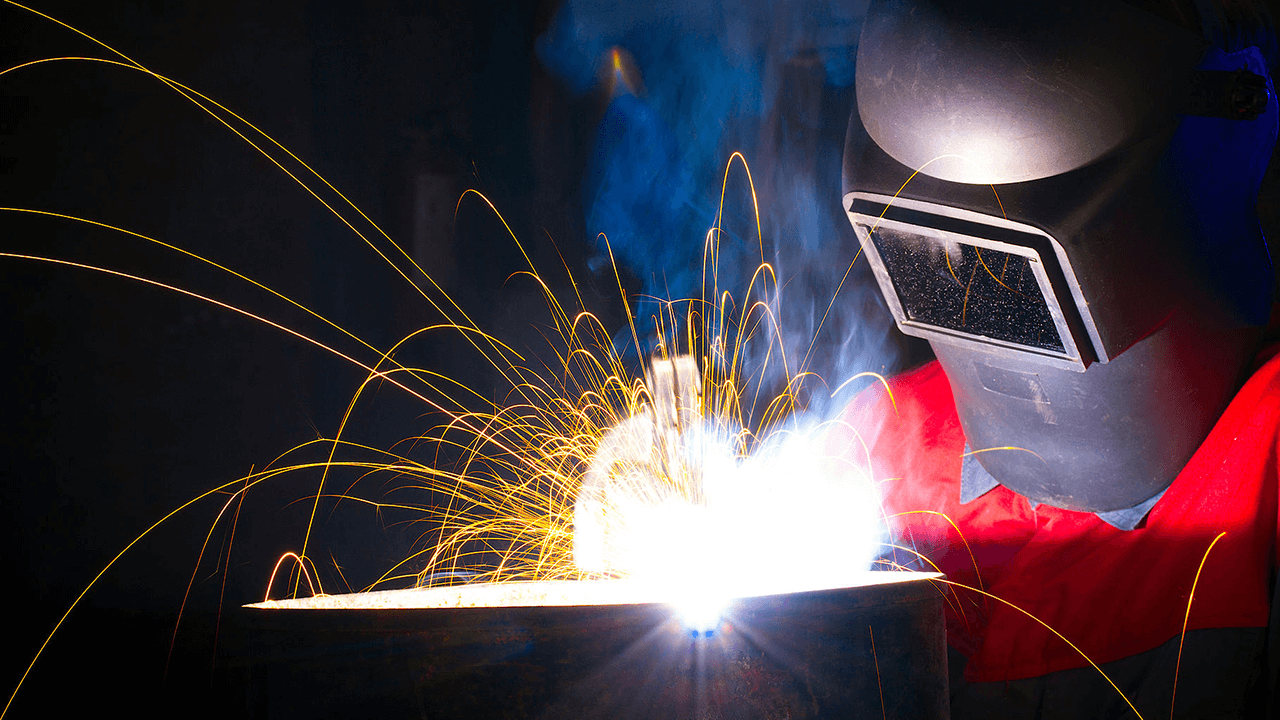One of the determining factors with surface finish, when it comes to mold making, really depends on the final material that will be used in the mold, as well as the tolerances that the end-user requires. For instance, materials like silicon require mirror finishes to work properly… to the point where you can’t even touch the finished piece because the residue and oils from your fingers can cause issues. Aesthetics can also play a huge role in how a mold’s surface finish is determined. Depending on what the final part is being used for and the material it is being made out of, the surface finish of your mold can dramatically change how it looks.
When machining a mold, running times of 40, 80, or even 100 hours is nothing. A traditional machinist may be quite familiar with using a ball end mill to get contoured surfaces, but when you’re making a mold, it’s not uncommon to use single-point tools. These can take ages to machine a part, with a tiny stepover and high RPM, but it makes for a much better surface finish right off the machine. Typically in a mold shop situation, you aren’t thinking production - you’re thinking custom, quality parts that will then be used in production environments. Because of this, time is less of a factor than it is in a traditional machine shop, so getting the best surface finish possible with automation helps keep the rest of the shop moving. A good rule of thumb is to use the smallest stepover that your machine is capable of and that time will allow. The need for hand-finishing can vary, but because high-quality surface finish is needed so often in the world of mold making it’s a good assumption that, other than a few exceptions, almost every mold will require some hand-finishing work. Some molds will have just a few areas that are hand-finished, while other molds might require hand-finishing on the entire piece - it all really depends on the requirements of the final part.
Choosing a cutting technique for your situation can really affect your surface finish. In the molding industry, much like the aerospace and automotive industries, freeform surfaces are very common. Constant scallop and adaptive toolpath generation are options to keep in mind when you are CAMing up a mold. Knowing the geometry of your tools and how they relate to your toolpaths and mold geometries is important. Oftentimes, software can help you out with this challenge, but the key is making sure your CAM knows your tools. A properly set up tool library can not only save you piles of time, but it can also help your software do more of the heavy lifting. There are also a number of verification programs that you can use to double check your CAM. Tolerances within your software should also be considered, but always consider your machine. If you tell the software to hold a 0.0001” tolerance, the program will do so, but if your machine can’t hold that, you’ll end up with a much worse surface finish than if you left your tolerances at 0.001”. Even the most rigid, precise machines can have some slop (even if it is microscopic), so make sure to consider that when programming in CAM. There are a number of important elements to consider when it comes to your machine as well as important software concepts. When it comes to the machine itself, to achieve the best surface finish possible for mold making consider: Maintenance and upkeep of your machine. Your machine should be running like a well-oiled… machine. Without proper upkeep and cleaning, grit can get into the nooks and crannies of your ways, ball screws, and many other areas, which can cause hard-to-find vibrations and slop. Vibration is a quick way to kill a good surface finish. A good, rigid setup. If your cutting with a tiny cutter, with tiny stepovers, the rigidity of your setup is vital to not only reduce vibration but also save your tool from breakage. This rigidity goes far beyond just your machine itself – work holding, tool holding, tool stick-out and runout call all cause issues with rigidity, leading to crummy surface finish. For the best possible surface finishes on your mold, when it comes to your program and the tool paths that you CAM up, consider: Reducing your stepover to as little as possible, while still taking a chip. If time isn’t an issue, a stepover of 10-15% is ideal. Paying attention to where your chips will be going. Watch the cutter simulations and determine where your chips will be flying, because cutting over chips is a quick way to ruin a good finish. If you might be cutting over chips, consider changing your tool paths or use flood coolant if possible to keep things clear. Even though you’re using a reduced stepover, make sure you are still taking a chip. If you’re not making chips, the cutter will be just rubbing on your part, which can lead to odd tool marks and a bad surface finish. When all's said and done, the demands and features of the final part will dictate the kind of surface finish you need on a mold. As with so many things in the world of machining, determining where you can (or can’t) compromise on various features of your part, as well as the time and effort that goes into the mold making process, will dictate a lot about your surface finish. Reference:www.autodesk.com
0 Comments
Leave a Reply. |
Categories
All
A knowledge platform established for industry
|


